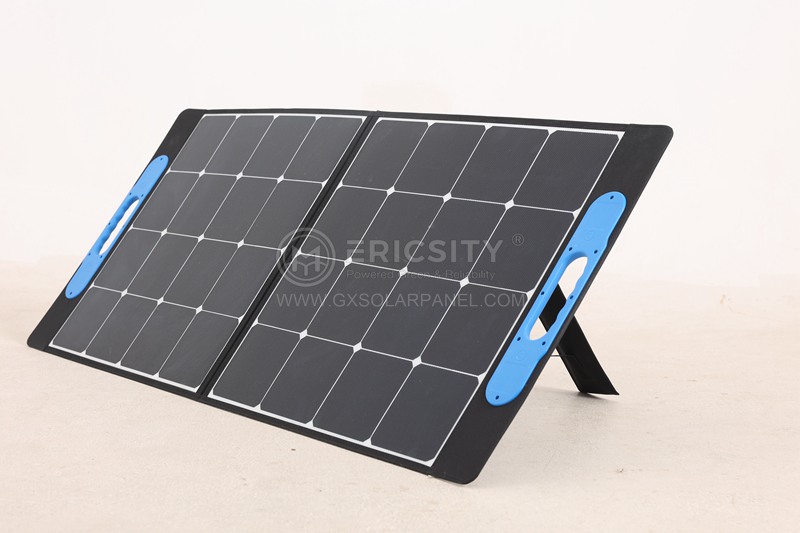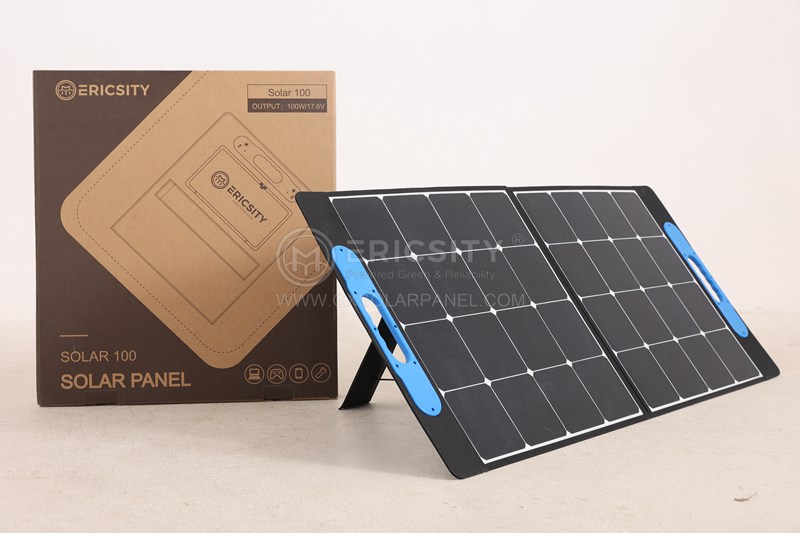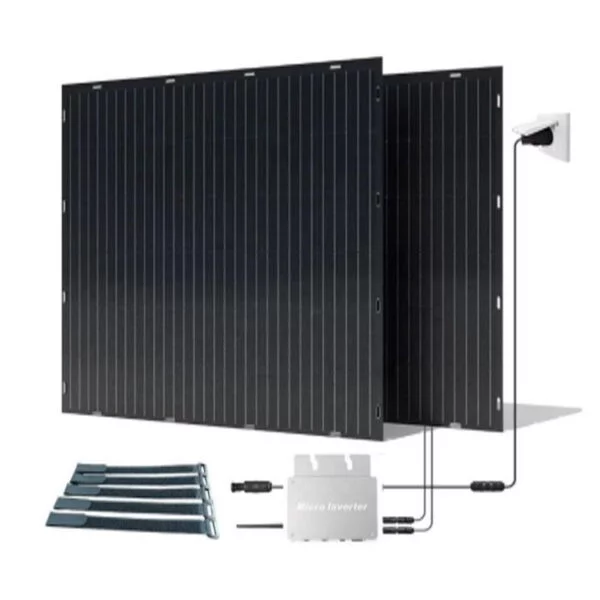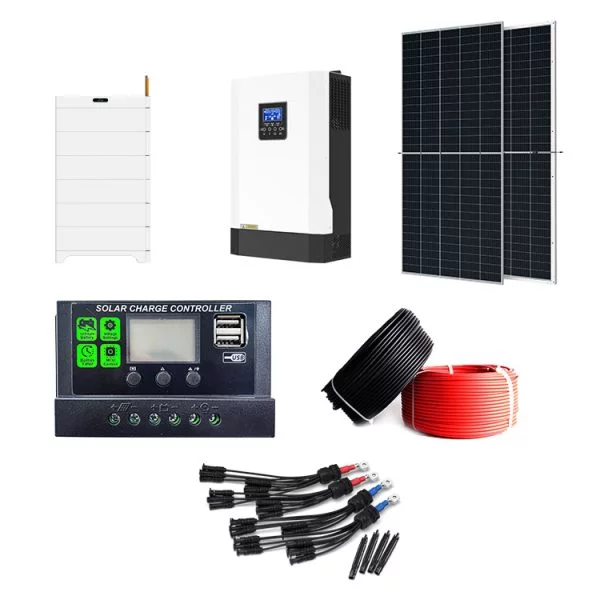HOT PRODUCT
Product Details
The Science Behind Solar Panel Kits: How They Generate Power
The Science Behind Solar Panel Kits: How They Generate Power
Solar energy is rapidly gaining popularity as a clean and renewable energy source. One of the key contributors to harnessing solar power is the use of solar panel kits. These kits provide an efficient and accessible way for homeowners and businesses to generate electricity from the sun. In this article, we will explore the science behind solar panel kits and how they generate power.
Solar panel kits are composed of several components, with the main element being the solar panels themselves. Solar panels are made up of photovoltaic (PV) cells. These cells are typically made from silicon, a semiconductor material. When sunlight reaches the PV cells, it excites the electrons within the silicon atoms, generating an electric current.

To understand this process in more detail, let’s break it down step by step:

1. Absorption: Solar panels are designed to absorb as much sunlight as possible. The PV cells are made of thin layers of silicon, which have been specially treated to create a positive and negative charge. When sunlight hits the cells, the photons (particles of light energy) are absorbed by the silicon atoms.
2. Electron Excitation: The absorbed photons transfer their energy to the electrons in the silicon atoms. This energy causes some of the electrons to break free from their atoms, creating free electrons and positively charged “holes.”
3. Electric Field Formation: The structure of the PV cells contains an electric field, which naturally pulls the free electrons towards the front surface of the cell and the “holes” towards the back surface. This separation of charges creates an electric field within the PV cell.
4. Electric Current Generation: When an external circuit is connected to the solar panel, the electric field within the PV cell forces the free electrons to flow in a specific direction, creating an electric current. This current can be used to power electrical devices or stored in batteries for later use.


5. Direct Current (DC) to Alternating Current (AC) Conversion: Most homes and businesses use alternating current (AC) electricity, while solar panels generate direct current (DC) electricity. Therefore, an inverter is typically included in solar panel kits to convert the DC electricity produced by the solar panels into AC electricity that can be used to power appliances and other electrical devices.
It is important to note that the efficiency of solar panels can vary depending on various factors, such as the quality of the PV cells, the angle and direction of the solar panels, and the intensity of sunlight. However, advancements in technology have significantly improved the efficiency of solar panels over the years, making them a viable option for generating electricity for both residential and commercial purposes.
Solar panel kits offer a convenient way for individuals and businesses to tap into the potential of solar energy. By understanding the science behind solar panels and how they generate power, we can appreciate the importance of embracing renewable energy sources. As solar energy continues to evolve and become more accessible, it promises a greener and more sustainable future for all.




